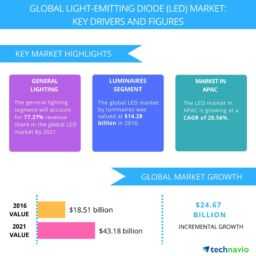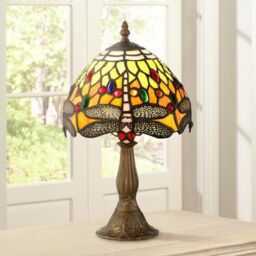If you haven’t heard of low voltage lighting before, you must have been living under a rock or something. First of all because it isn’t really a new thing. Halogen light systems for domestic lighting have been around for decades and you may in fact have one at home. Granted, there are varieties that run on mains voltages, but most do not. Instead, the run on 12v or thereabouts from a low voltage lighting transformer installed somewhere in your home. Secondly, there is so much talk all the time about LED technology taking over more and more of our lighting needs, that it would be very difficult indeed not to have noticed. But if all this is new to you, don’t worry. I will get you up to speed with this article.
First a few words on what low voltage lighting can do for you. There are two big advantages that most people will be interested in, and these are the often much lower power consumption possible with halogen and LED. The other big thing is that often these light-sources are physically a lot more compact than most people are used to. This means that an entirely new horizon is opening up in lighting design, one that allows useful lighting solutions to take on completely new and compact shapes. A desk lamp no longer has to be a big clumsy thing in order to properly contain a lightbulb and provide enough shading to keep the light out of your eyes and onto your desk. A light-source like LED weighs a lot less than a traditional bulb and is a lot smaller, meaning that it can make do with a smaller assembly to give you the light you need. This is also true for halogen lights, but again, these have been around for years, so you may already have discovered their advantages.
One problem with the new technology is the fact that it still has to live alongside traditional mains voltage lighting. I expect that not very many people have low voltages like 12v coming out of their wall outlets at home, and this means that every time you want to use something like LED, you must have a transformer between mains and the LED. The problem with that, apart from the fact that transformers cost money, are heavy and take up a little space, is the fact that is always a certain percentage of electrical power lost in the transformer. This power never reaches the LED or halogen bulb, but is dissipated as heat. You get no light from that power then. If you have a lot of low voltage led lighting or other type in your home then, you will also have a lot of transformers, all of them wasting a bit of power as heat. This is still less compared to the old-fashioned incandescent bulbs, but I foresee a future where it will be common to have a single, central low voltage transformer in your home, along with special outlets that carry both the traditional mains voltage along with, say, 12v. This will make lighting fixtures and also consumer electronics a lot cheaper, since they can then be sold without their own mains voltage adapters. But that is all in the future. Right now, you can have your domestic lighting updated to something a lot more sophisticated and sleek, while making a difference on your electrical bill – and the environment as well. Not bad, eh?
AUTOPOST by BEDEWY VISIT GAHZLY



